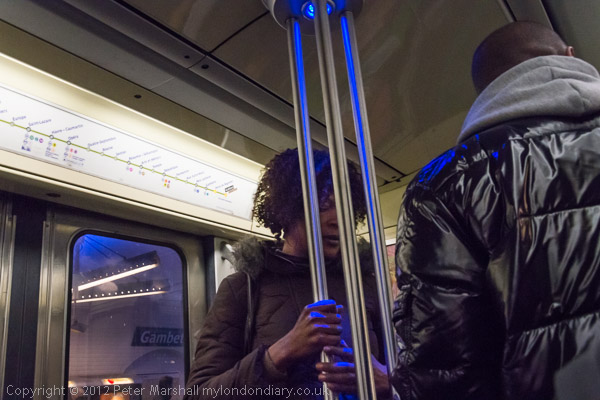
We took the Metro for the next show, but Ménilmontant is perhaps an unusual area of Paris, a large slab without a Metro station, though they ring around its edges, perhaps connected with its hilly nature. But I was pleased to have to walk up from Gambetta to the rue de Ménilmontant, as the 20e is one of my favourite areas of the city, although I didn’t have the time to wander as much as I would like.
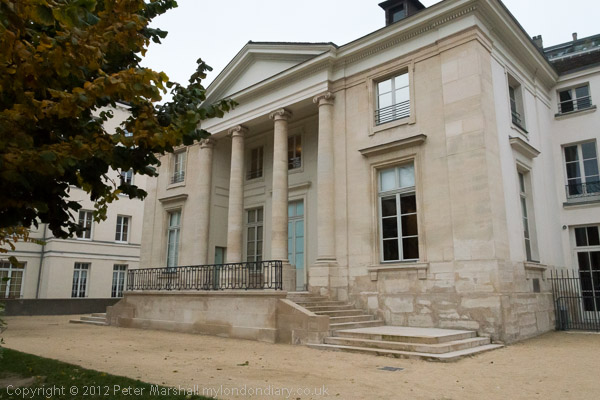
It was a little hard to find the show we were looking for in the Pavillon Carré de Baudoin, though of course if you know it, then it’s impossible to miss, an impressive building, the only Palladian building in the area, built on a grand scale in several stages in the middle of the eighteenth century as a folly devoted to festivals and pleasures of the rich, and in 1770 it was given an impressive portico with four ionic columns. In the nineteenth century it became an orphanage run by the Sisters of Charity of Saint Vincent de Paul, and later they ran it as a young workers hostel and health centre. In 2003 it was bought by the City of Paris on behalf of the Mairie of the 20e who opened it as an arts centre for the community with a national and international presence in 2007.
But there was only a small notice by the gate telling us about the show which we missed at first as we walked along the street trying to find number 121, and it was another couple of hundred yards down the street that we found a building with a number on it and realised we had missed our way. But before we retraced our steps we were attracted by a short and picturesque street, the Cité de l’Ermitage, and went down this cul-de-sac to have a look.
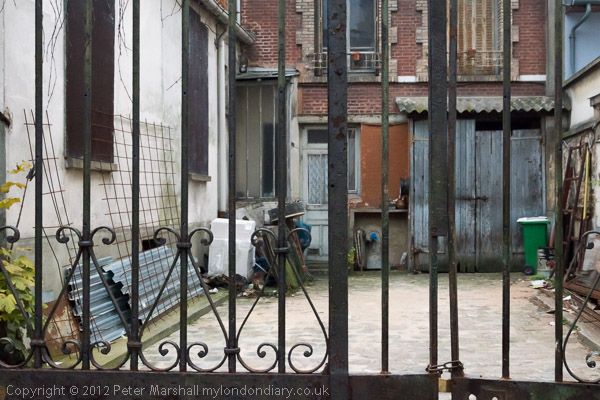
Guillaume Herbaut‘s show in the Pavillon Carré was overwhelming. It began quietly with a room containing Les Portes de Pripiat (2010), straight-on images of the doors of abandoned homes in blocks of flats in the city 3 kilometres from Chernobyl, showing perhaps the only remaining traces of the 30,000 people who had lived there. In the darkness of the next room was a showing of images from La Zone (2009-2011), Herbaut’s much acclaimed work in the forbidden area around Chernobyl 25 years after the disaster, and up the several flights of stairs was a room with some of these same images on the wall.
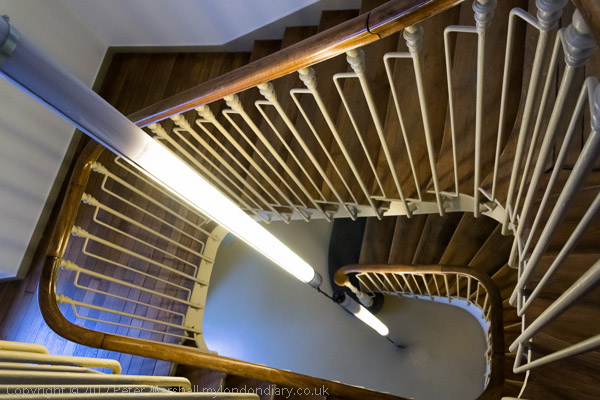
Staircase in the Pavillon Carré de Baudoin
But the final part of the show had an intensity that is difficult to describe. 7/7 is a series of essays, a total of 95 images with short captions in seven stories that deal with some of the horrors of our civilisation and in particular with the effects that these have on environments and people: Vengeance killings under medieval codes of honour in north Albania; Oswiecim – the site of the extermination camp Auschwitz; Chernobyl again with the replacement town of Slavoutich – also declared contaminated in 2001, the survivors from Nagasaki, the second city to be devasted by an atomic Bomb, two days after Hiroshima; Ciudad Juárez, Mexico in 2007, one of the centres of the drug cartels, where more than 400 women have been murdered in atrocities since 1993.
There was a powerful atmosphere in the darkened room as people moved silently from image to image around the three sides of the large space. Some of the images were harrowing, but perhaps the most difficult were those that looked, at least in most respects so ordinary, so normal and even at times so beautiful.
If you read a little French it’s worth downloading the Press dossier from the Mairie site about the show, and it has a few images, though you can see more in the portfolio on Herbaut’s web site.
The show continues until 5 January, and is one that you should make time to see if you go to Paris. Herbaut, born in 1970 was one of the founders of the collective Lil Public and has won various awards for his work. You can also see several videos, including one on the Zone from the links on his site.

I was still rather stunned when we came out on the street. It was a pleasant way to relax a little by taking a stroll down the Villa de l’Ermitage, often described as a haven of peace in the middle of the city, full of greenery. I’ve photographed it several times before on previous visits.
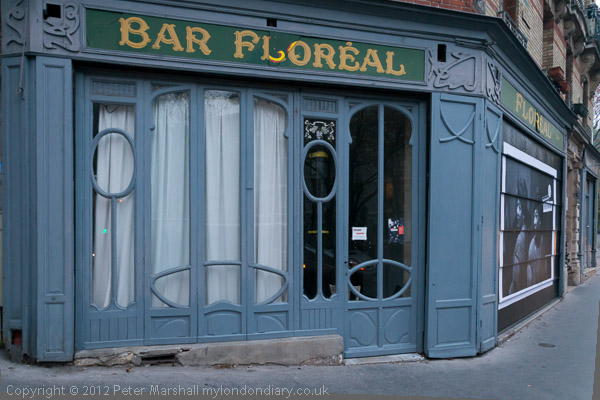
From there we continued along some of my (and Willy Ronis‘s) favourite streets to the Bar Floréal, not a bar but another photography collective, founded in 1985 by three photographers as a studio, gallery and lab – and over the years the three have grown into a dozen.
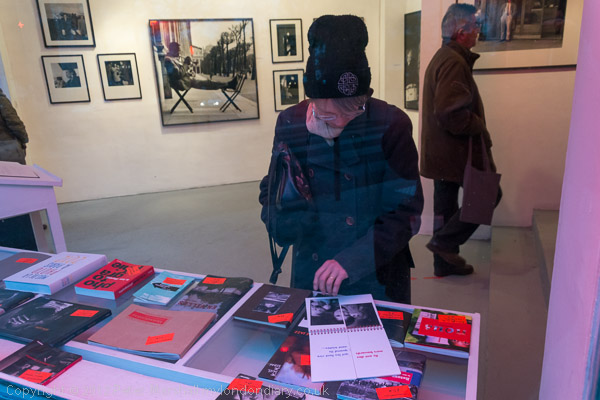
Showing in the gallery there was Night and Day, the fine jazz photography of Jean-Pierre Leloir (1931-2010). You can read an obituary in The Independent, and also visit the official web site of his work. This show is on until 16 Dec 2012, and is certainly worth seeing if the subject matter – which includes some of the giants of rock as well as jazz – is of any interest to you, as it certainly was for me.
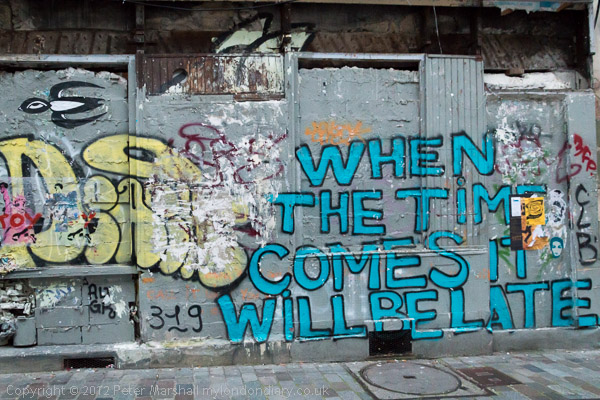
It was getting dark as we left, and we took a brief look for some nearby shows that were a part of the Photo-Off, but saw rather little of them – it was getting late and it was time to go and prepare for our evening visits.
More pictures on My London Diary shortly.
________________________________________________________
My London Diary : Buildings of London : River Lea/Lee Valley : London’s Industrial Heritage
All photographs on this and my other sites, unless otherwise stated are by Peter Marshall and are available for reproduction or can be bought as prints.
To order prints or reproduce images
________________________________________________________